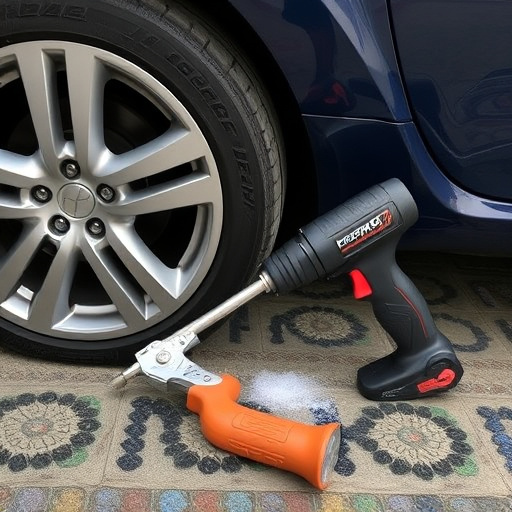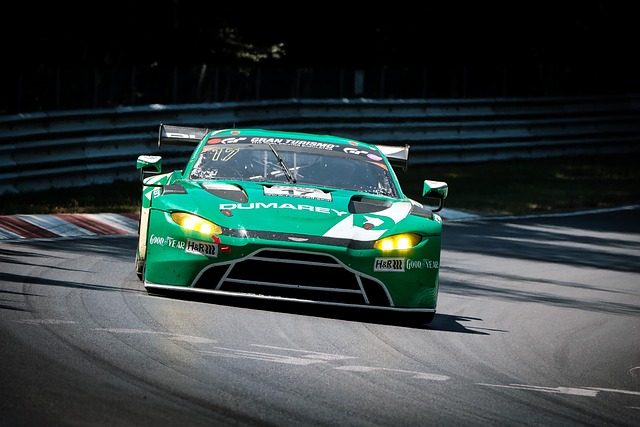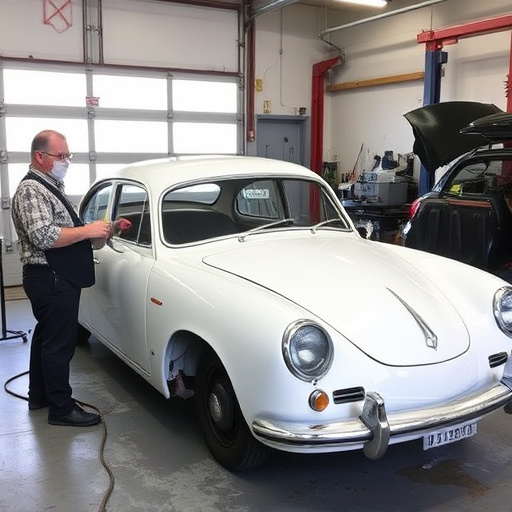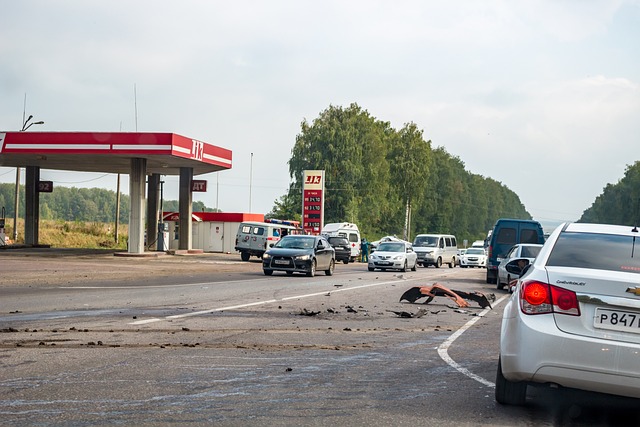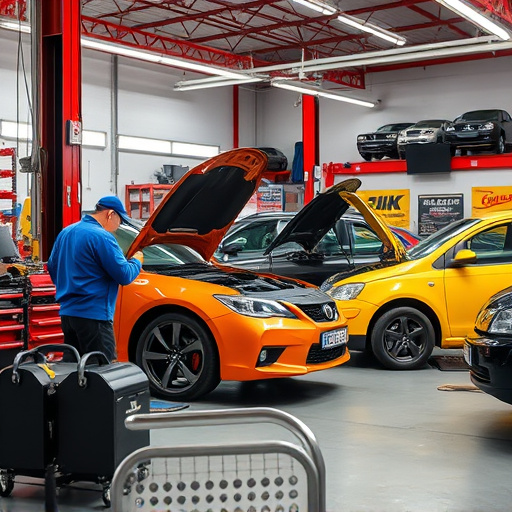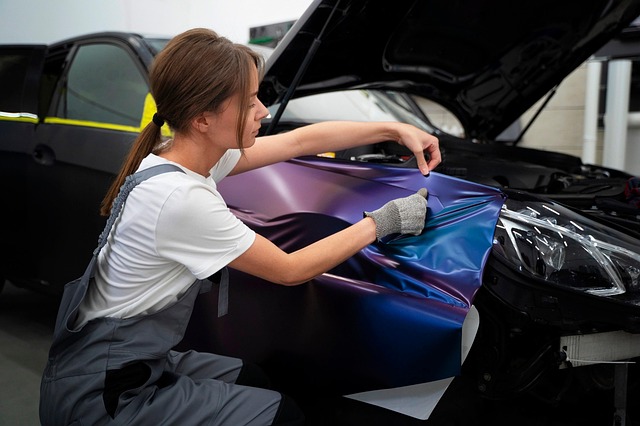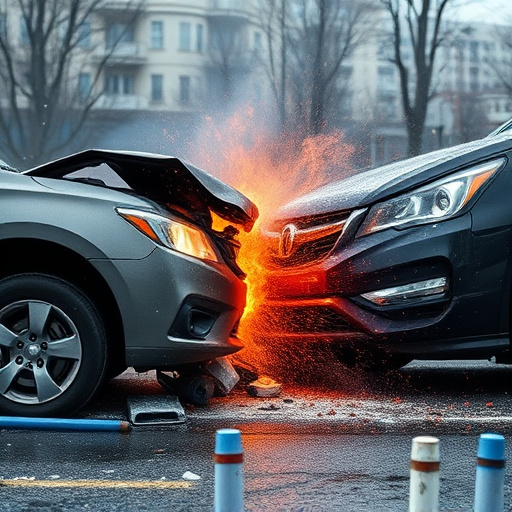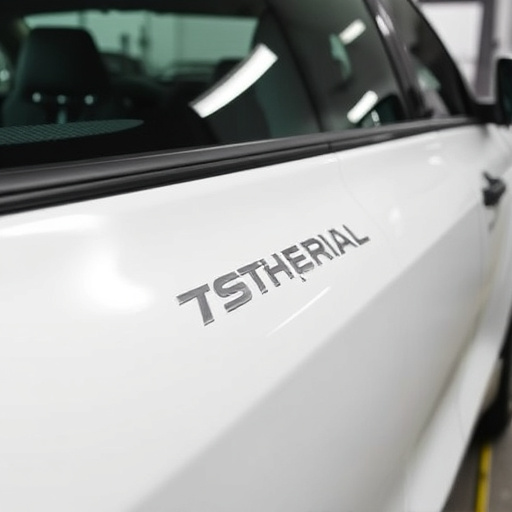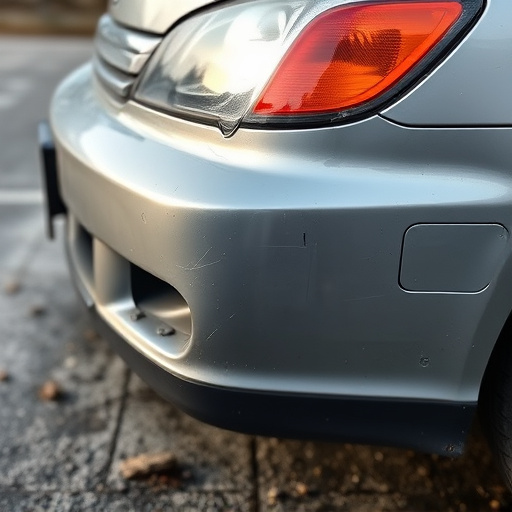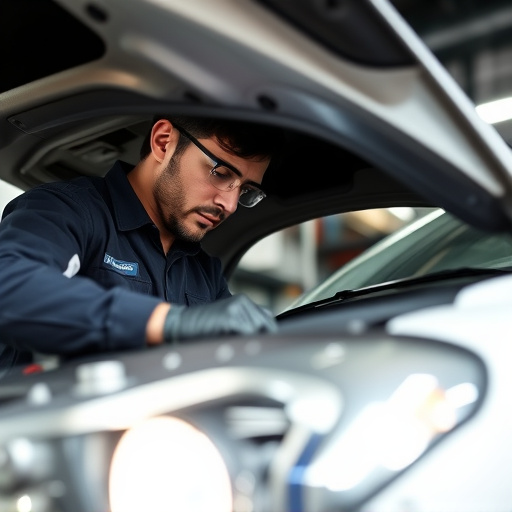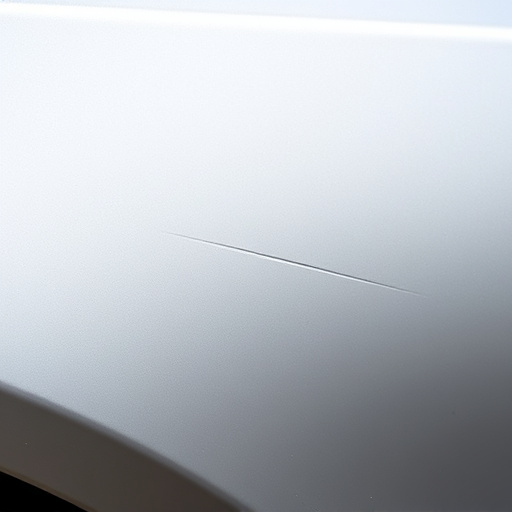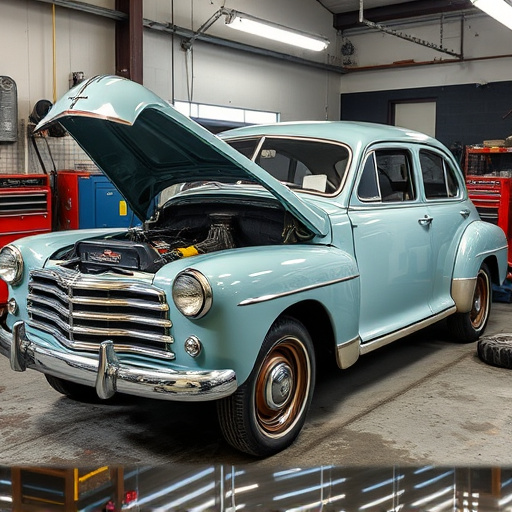After a car accident, especially if it damaged the radiators, thoroughly evaluate the cooling system for issues. Seek professional mechanic help for accurate diagnosis and repairs to ensure safe driving. For radiator replacement, follow safety procedures, clear debris, procure compatible parts, securely install, check for leaks, and use proper tools. Regularly maintain the cooling system post-repair by inspecting related components like hoses, thermostats, and water pumps to prevent future problems.
After a vehicle accident, understanding radiator damage is crucial. Radiators are vital components of your car’s cooling system, and accident-related damage can pose significant risks. This article guides you through the process of radiator replacement, focusing on identifying and mitigating potential issues. We’ll outline safe steps for replacement, ensuring optimal cooling system performance post-repair. By following these tips, you’ll not only restore your vehicle’s efficiency but also prevent further complications related to a compromised cooling system.
- Understanding Radiator Damage After an Accident
- Steps for Safe and Effective Radiator Replacement
- Ensuring Optimal Cooling System Performance Post-Repair
Understanding Radiator Damage After an Accident
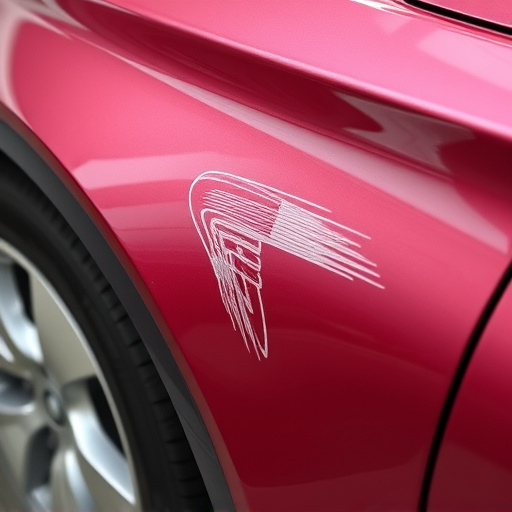
After a car accident, it’s crucial to understand that any damage incurred can affect various components, including the vehicle’s cooling system. Radiators, which play a vital role in maintaining optimal engine temperature by exchanging heat with the surrounding air, are particularly susceptible to harm during collisions. The impact from a collision can cause internal damage to the radiator, such as punctured or cracked tubes, damaged headers, and even dislodged components. This type of accident-related damage can lead to overheating issues, reduced cooling efficiency, and potentially more serious engine problems if left unaddressed.
Proper evaluation by experienced mechanics is essential to diagnose radiator damage accurately. They will inspect for visible signs like dents, cracks, or leaks, as well as check the system’s overall functionality through a series of tests. Efficient collision repair services often incorporate comprehensive assessments to ensure that every part, from the bumper repair to auto glass replacement, is considered in relation to the health of the cooling system. This holistic approach not only facilitates safer driving conditions but also helps prevent future problems stemming from overlooked radiator damage.
Steps for Safe and Effective Radiator Replacement
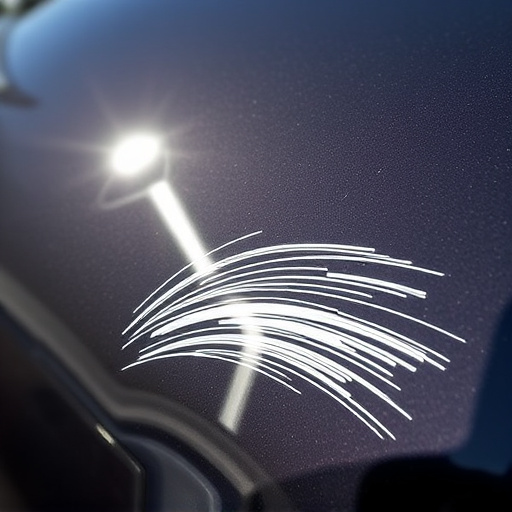
When dealing with radiator replacement due to accident-related damage, safety and effectiveness are paramount. Begin by assessing the extent of the damage to your vehicle’s cooling system. If necessary, consult a collision repair center for professional guidance, as they have the expertise to handle complex repairs. Remove any debris or shattered components from the area around the radiator to prevent further complications.
Next, procure a replacement radiator that is compatible with your vehicle model. Auto repair services often carry these parts, ensuring you get a quality component. Carefully disconnect the old radiator, taking note of how it’s attached and any associated hoses or pipes. Utilize appropriate tools for this process, and remember to wear safety gear, especially when handling hot components or fluids from the cooling system. Install the new radiator, securing all connections correctly, and double-check for leaks before restarting your vehicle to ensure a seamless and safe drive post-repair.
Ensuring Optimal Cooling System Performance Post-Repair
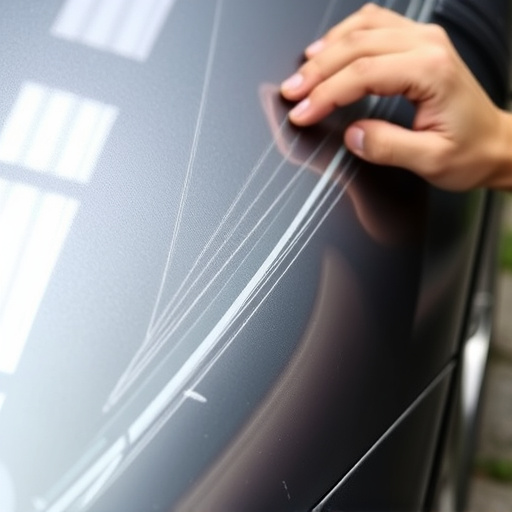
After replacing a radiator due to accident-related damage, it’s paramount to ensure your vehicle’s cooling system operates at peak efficiency. This involves thoroughly inspecting and addressing any associated components that might have been affected during the incident, such as hoses, thermostats, and water pumps. A trusted car repair shop can provide expert advice on these aspects, ensuring all parts are in good working order.
Proper maintenance and timely servicing of your vehicle’s cooling system are crucial for preventing future issues. Regular checks by a professional can help catch potential problems early, ensuring your vehicle maintains optimal performance following repairs from any fender bender or similar incident. This includes keeping an eye on coolant levels, checking for leaks, and verifying the efficiency of air flow through the radiator to maintain the overall health of your car’s cooling system.
After understanding the extent of radiator damage caused by accidents and following the meticulous steps for replacement, it’s crucial to ensure your vehicle’s cooling system performs optimally. This involves a combination of high-quality parts, precise installation, and regular maintenance checks. By prioritizing these aspects, you not only restore your vehicle’s safety but also maintain its overall efficiency, ensuring a dependable performance on the road, free from lingering cooling system accident damage.
